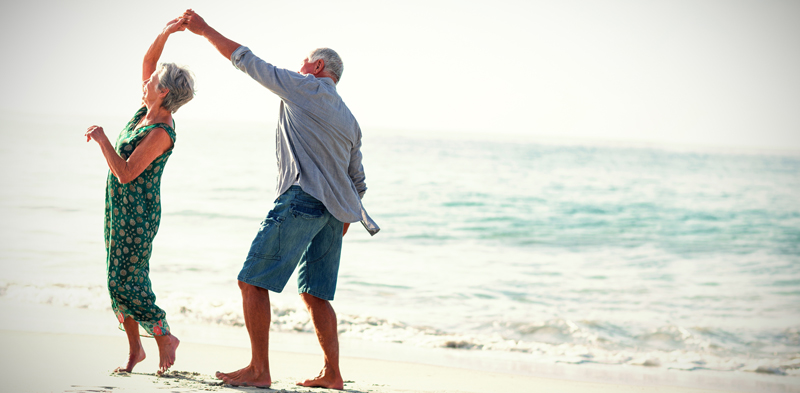
08 Feb Shall We Dance?
Moving to Music Can Make You Sharper, Happier, and… a Whole Lot Healthier
Here is a trivia question for you… Who is the oldest star to compete on the TV series, Dancing With The Stars?
(Hint: She was 82 years old when she danced on the show.)
Give up? The answer is actress Cloris Leachman. You may have been lucky enough to see her rock the ballroom with her power-kicks and music box dancer-on-steroids spins. Millions of people, including me, were impressed by her courage, vulnerability, and indefatigable spirit as she danced her best in front of a live TV audience and a panel of harsh judges.
Becoming a contestant was the realization of a dream for Cloris. Despite all of her Emmy awards, she begged to be on Dancing With The Stars. She was turned down — not once–but twice. “They turned me down because they thought I was too old,” Cloris remarked. But her third try was a charm. She stole our hearts, but she explained that those dance moves were harder than she expected. She also talked about the fun factor of dancing as well as how much the dance routines strengthened her body and challenged her brain. Although she went home without the mirror ball trophy, she earned bragging rights and showcased her grit, and inspired those of us in midlife and beyond as we chilled out on our coaches at home.
Why Do Humans Like to Dance In Response to a Musical Beat?
Do you ever wonder why the second you turn on a classic oldies station and hear Aretha Franklin belt out Chain of Fools or R-E-S-P-E-C-T your toes start tapping and you feel an urge to get up and dance? Scientists aren’t sure why we like to move to music so much. But music is known to stimulate pleasure and reward areas of the brain. Some reward-areas in the brain are connected with motor areas, and evidence suggests that we are attuned to the movements of others’ bodies when we watch others get their moves on.
Costas Karageorghis, Ph.D. and music and sports researcher, tells us that dancing has been a form of expression, ritual, and celebration since prehistoric times. And today, researchers have discovered that even infants respond to the rhythm and tempo of music. In fact, studies show that they find music more engaging than speech. While all of this is interesting, the important thing to note is that you don’t have to have those amazing moves John Travolta or Paula Abdul demonstrated in their younger years. No, you don’t have to be a good dancer at all to reap the health-enhancing benefits of dancing! What a relief!
The Top Three Reasons To Find Yourself a Dance Floor Right Away
- Dancing Boosts Your Spirits
In a social setting dancing causes the release of endorphins and serotonin throughout your body. You are likely familiar with those great mood-boosting brain chemicals that reduce pain and stress and leave you feeling upbeat and energized. When most people dance, they feel something similar to a “runner’s high.” Whether you are dancing ballroom or hip hop style or dancing the legendary Bunny Hop or the Chicken Dance, stress and depression seem to temporarily fade.
Joe Verghese, M.D. and professor of neurology at Albert Einstein College of Medicine assures us that the more time we spend on the dance floor, the more we train our brain to open the floodgates for the feel-good mood elevating chemicals that make us feel great and young again.
- Dancing Stimulates Your Memory, Focus, and Coordination
Dancing is like a 1-2-3 step power pack of sharpness and vigor…all at the same time. Think about what you do when you dance. Your toes tap to keep rhythm, your wrists flick, your arms extend, and your hips sway. As you dance, your brain and body sync in a way that turns separate movements into a fluid, graceful (for some people) art form.
When you dance with a partner, even more areas of your brain become challenged. Each partner must smoothly coordinate his or her personal pattern with the movement and timing of the partner. Dancing also requires rapid-fire decision making. This paves the way for new neural pathway generation and increased mental capacity within the brain.
- Dancing Lowers Brain Disease Risks
Perhaps the coolest part of groovin’ to the beat is the evidence that dancing plays a role in lowering brain disease risks. A 21-year study of people aged 75 and older was led by researchers at the Albert Einstein College of Medicine in New York. The study was conducted to determine which, if any, recreational activities influenced mental acuity in people advancing in age. Researchers studied the cognitive effects of 11 different types of exercise, including cycling, golf, swimming, tennis, walking, and dancing. Believe it or not, dancing was found to be at the top of the list for effectiveness!
So Many Ballrooms…So Little Time!
Regardless of your dancing ability and time constraints, you might want to keep the physical and mental benefits of dancing in mind. If you haven’t danced since the Watusi, the Jerk, and the Mashed Potato were the rage at your high school prom, no worries! Even if you dance in your kitchen or garage, get out there, cut loose and “shake your thang” for the sake of your brain!

No Comments